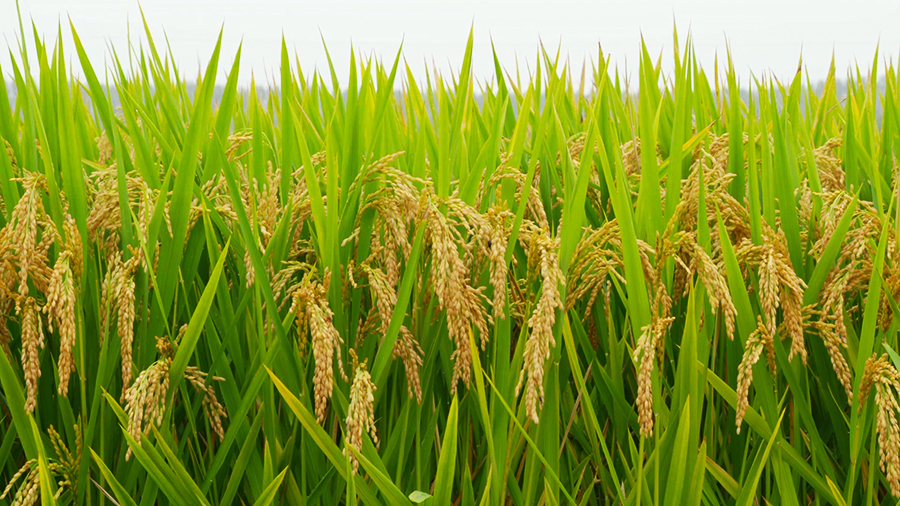GUO Yong, WEN Li, SHI Lihong, LI Chao, CHENG Kaikai, LUO Hanfang, LI Hairong, ZHOU Guodong, TANG Haiming
Soil nitrogen(N)cycling enzyme activity serves as a crucial indicator for characterizing soil fertility and N transformation.To investigate the effects of long-term application of fertilizers on the soil enzyme activities correlated with N cycling in rhizosphere soil of double-cropping rice fields in southern China,our project was based on a continue 37-year fertilization localization field experiment,including four fertilization treatments:without fertilizer as a control(CK),single fertilizer(MF),rice straw residue and mineral fertilizer(RF),and 30% organic manure and 70% mineral fertilizer(OM).The activities of N cycling enzymes in the rhizosphere soil were measured,and their correlation with soil chemical properties was analyzed.The results were as follows:compared to MF and CK treatments,OM and RF treatments significantly increased the contents of total N(TN),organic carbon(SOC),ammonium N($\mathrm{NH}_{4}^{+}-\mathrm{N}$),nitrate N($\mathrm{NO}_{3}^{-}-\mathrm{N}$)and microbial biomass N(SMBN)in rhizosphere soil,and also increased rice yield.The urease(Ure)and nitrite reductase(NiR)activities of rhizosphere soil in OM and RF treatments were significantly higher than those in MF and CK treatments.The RF treatment significantly increased rhizosphere soil hydroxylamine reductase(HyR)activities compared to the other three treatments,by 21.7%,13.0%,and 8.7%,respectively.This finding shown that OM treatment significantly increased protease(Pro),nitrogenase(Nit),nitrate reductase(NR)and nitrous oxide reductase(Nos)in rhizosphere soil compared to RF,MF and CK treatments.In comparison to MF treatment,OM treatments increased Pro,Nit,NR and Nos activities in rhizosphere soil by 20.0%,26.1%,426.1% and 26.7%,respectively.Nonetheless,the activity of nitric oxide reductase(Nor)on rhizosphere soil was considerably higher in the CK treatment than in MF,RF and OM treatments.Pearson correlation analysis revealed a substantial positive correlation between soil NR,NiR,Nit,Nos,Ure,Pro and soil TN,SOC,$\mathrm{NH}_{4}^{+}-\mathrm{N}$,$\mathrm{NO}_{3}^{-}-\mathrm{N}$,SMBN as well as rice yield.Soil Nor activity was observed to have a significantly negative connection with soil TN,SOC,$\mathrm{NH}_{4}^{+}-\mathrm{N}$,$\mathrm{NO}_{3}^{-}-\mathrm{N}$,SMBN and rice yield.The findings presented above showed that soil chemical properties and yield were substantially related to rhizosphere soil N cycling enzyme activities.Redundancy analysis(RDA)showed that the first order axis could explain 93.34% of the enzyme activity in rhizosphere soil and soil $\mathrm{NO}_{3}^{-}-\mathrm{N}$,TN and SOC contents were the key factors affecting the pattern of rhizosphere soil enzyme activities.Therefore,the long-term application of organic materials such as organic manure and rice straw can enhance soil chemical and biological characteristics,stimulate soil N cycling enzyme activities,and effectively fertilize paddy soils by partially replacing chemical fertilizers.
